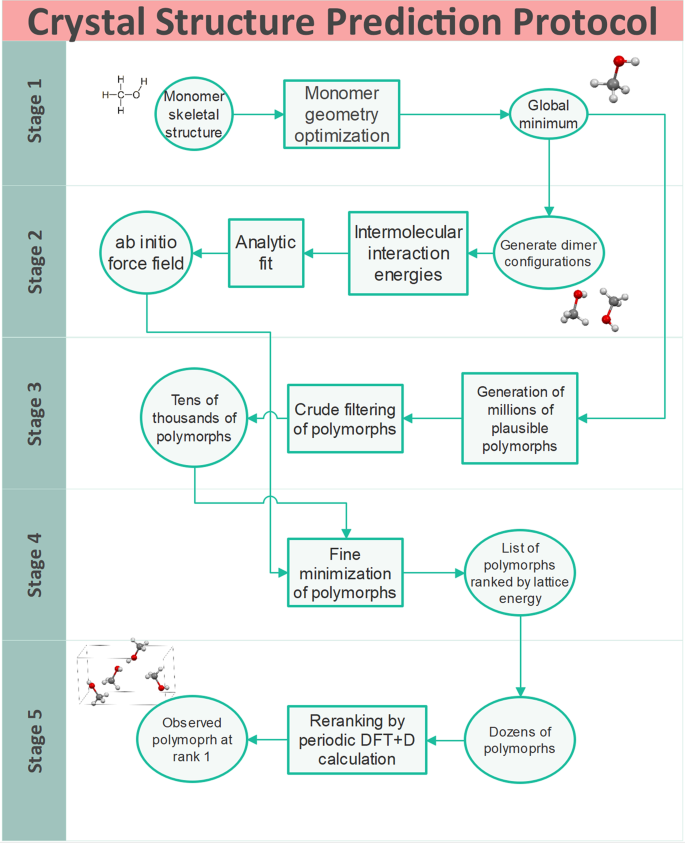2022-10-26 カリフォルニア大学校アーバイン校(UCI)
研究チームは、様々なメーカーの1,003のライフサイクルレポートを分析し、機器の製造、輸送、使用、廃棄を含む製品寿命の間に発生する二酸化炭素の排出量を調べた。
研究者たちは、薄型テレビが最も排出量が多く、累積排出量の約41%を占め、次いでノートパソコンとタブレット、パソコンの薄型モニター、デスクトップパソコン、携帯電話、パソコンアクセサリー、プリンター、ゲーム機と続くことを明らかにした。
<関連情報>
- https://news.uci.edu/2022/10/26/uci-study-finds-53-percent-jump-in-e-waste-greenhouse-gas-emissions-between-2014-2020/
- https://www.sciencedirect.com/science/article/pii/S2773167722000036
循環型経済へのグローバルな政策の再構築 Reshaping global policies for circular economy
Xianlai Zeng,Oladele A.Ogunseitan,Shinichiro Nakamura,Sangwon Suh,Ulrich Kral,Jinhui Li,Yong Geng
Circular Economy Available online: 19 May 2022
DOI:https://doi.org/10.1016/j.cec.2022.100003

Abstract
Circular economy is recognized as a powerful integrative framework envisioned to solve societal problems linked to environmental pollution and resource depletion. Its adoption is rapidly reforming manufacturing, production, consumption, and recycling across various segments of the economy. However, circular economy may not always be effective or even desirable owing to the spatiotemporal dimensions of environmental risk of materials, and variability of global policies. Circular flows involving toxic materials may impose a high risk on the environment and public health such that overemphasis on anthropogenic circularity is not desirable. Moreover, waste flows at a global scale might result in an uneven distribution of risks and costs associated with a circular economy. Among other benefits, circular economy needs to generate environmental advantages, energy savings, and reductions of greenhouse gas emissions. Recent attempts to implement the carbon neutrality strategy globally will likely push the circular economy further into more economic sectors, but challenges remain in implementing and enforcing international policies across national boundaries. The United Nations Basel Convention on the Transboundary Movement of Hazardous Waste and their disposal is used here as an example to illustrate the challenges and to propose a way forward for anthropogenic circularity.



